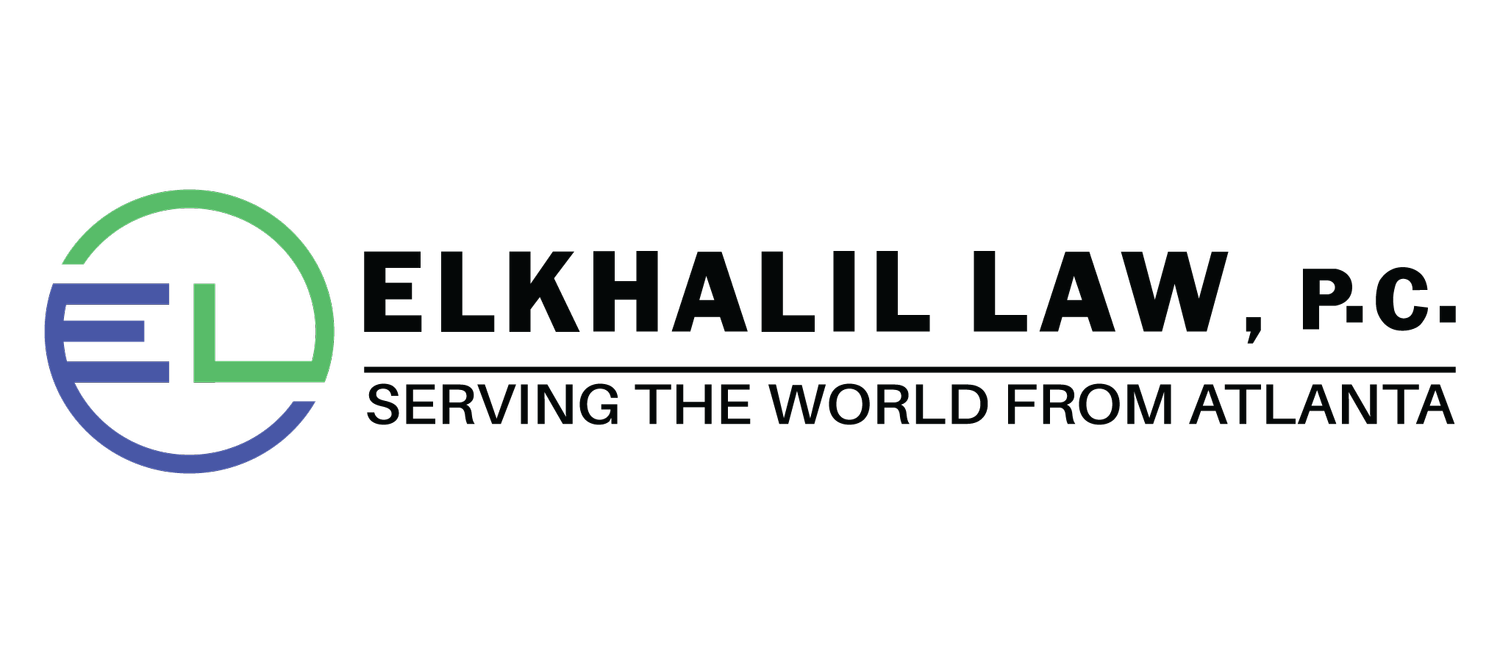A Brief Overview of Updates to the Corporate Transparency Act and Beneficial Ownership Rules: How This Will Affect You and Your Business
In an era marked by increasing concerns over financial crimes and illicit activities, governments worldwide are taking decisive steps to enhance corporate transparency. In the United States, the Corporate Transparency Act (CTA) stands as a pivotal piece of legislation aimed at unravelling the complex web of corporate ownership. Let's delve into the intricacies of the CTA and the newly introduced beneficial ownership rules that are currently creating additional requirements of corporate entities as of January 1, 2024. *Please, of course, be aware that this is only an overview, and for specifics/to make sure that your business is in compliance, we always advise you consult directly with a professional.
Understanding the Corporate Transparency Act (CTA):
Background: The CTA, signed into law in January 2021, addresses the need for greater transparency in corporate structures to combat money laundering, terrorism financing, and other financial crimes. Its primary objective is to identify and disclose the beneficial owners behind corporate entities.
Key Provisions: The CTA defines "reporting companies" as entities required to submit beneficial ownership information to the Financial Crimes Enforcement Network (FinCEN). This includes entities like LLCs, corporations, and other similar structures. The law mandates reporting companies to provide details about individuals who directly or indirectly control the entity.
Exemptions exist for certain entities, such as publicly traded companies and those already subject to rigorous disclosure requirements.
Unveiling Beneficial Ownership Rules:
Defining Beneficial Ownership: Beneficial ownership refers to individuals who enjoy the benefits of ownership or have significant control over an entity, irrespective of their formal ownership status. This includes both direct and indirect owners, emphasizing a comprehensive approach to disclosure.
Reporting Requirements: Reporting companies must disclose the names, addresses, dates of birth, and identification numbers of beneficial owners. Timelines for compliance vary, with different deadlines for existing and new entities.
The following rules came into effect in 2024:
Beginning on January 1, 2024 (for newly registered entities) and prior to January 1, 2025 (for entities that are existing and/or registered prior to January 1, 2024), both domestic and foreign entities registered to do business in the United States will be required to file reports with FinCEN that identify each party who is a “beneficial owner”.
Additionally, for newly formed or registered entities, each applicant/company applicant who directly files the document to form or register the entity to do business with a state’s secretary of state, or who is primarily responsible for directing or controlling such filing, will also have to be named in the report.
As one can imagine, this will affect most registered companies, although there are some specific/narrow exemptions. Additional information can be found on: https://www.fincen.gov/boi-faqs#B_1
Implications for Businesses:
Compliance Challenges: While the CTA enhances transparency, compliance poses challenges for businesses. Identifying and verifying beneficial owners can be complex, requiring resources and diligence. Small businesses may find these requirements particularly burdensome.
Penalties for Non-Compliance: Non-compliance with the CTA can result in severe penalties. Fines and legal consequences underscore the importance of adhering to the new rules.
Benefits and Criticisms:
AML and CTF Benefits: The CTA contributes significantly to Anti-Money Laundering (AML) and Counter-Terrorism Financing (CTF) efforts. By unmasking the true owners of corporate entities, the law enhances national security and safeguards financial systems.
Criticisms and Concerns: However, the CTA is not without its critics. Some business owners raise privacy concerns, arguing that the disclosure of personal information may expose them to risks. Striking a balance between transparency and individual privacy remains a challenge.
Steps for Businesses to Ensure Compliance:
Beneficial Ownership Assessments: To navigate the compliance landscape, businesses must conduct thorough beneficial ownership assessments. Identifying and verifying beneficial owners is a crucial step in meeting CTA requirements.
Collaboration with Regulatory Authorities: Building a cooperative relationship with regulatory bodies, such as FinCEN, is essential. Seeking guidance on compliance procedures ensures that businesses align with regulatory expectations.
Conclusion:
The Corporate Transparency Act heralds a new era of transparency in the corporate world, bringing both opportunities and challenges. As businesses adapt to the evolving regulatory landscape, the pursuit of accountability and security remains paramount. Striking a balance between transparency and privacy will be key to fostering a resilient and trustworthy business environment.
For the business owner, it is ever-increasingly important to keep in mind as the laws change and continuously evolve, that you, your business, your lawyers/accountants, shareholders/members, etc. all understand, adapt, and comply with all necessary CTA/BOA reporting requirements. And if you have questions, or need additional guidance, please ask!

